We arrived at the Mali border to be told we would have to pay CFA18, 000 penalty each for not having a visa. We knew that we could purchase a temporary visa at the border so politely refused to pay the penalty and with no further fuss we were issued our visas. They also wanted CFA 5000 for the car, which we politely refused to pay and our carnet was then stamped
Enlarge

Adventurouspirits
Kayes our first town in Mali has the dubious honour of being Africa’s hottest town, so we did not want to linger. We headed for Bamako the capital but decided we would bush camp on route. We found the most enormous Baobab tree, just off the main road which we camped under for the night. We were struggling with the heat and our treat after a long day’s drive is to take a bottle of cold water from our fridge and press it against our neck and back as a means of a temporary respite from the unrelenting heat, the water quickly warms but for several minutes it is bliss.
Enlarge

Adventurouspirits
We arrived in Bamako in a terrific cooling rainstorm. Everyone was scurrying for shelter, as we drove through the city, it was chaos with traffic lights not working and roads flooded.
Eventually we made our way through and headed for Kangaba Campsite a lovely campsite 30 minutes out of the city.
Enlarge
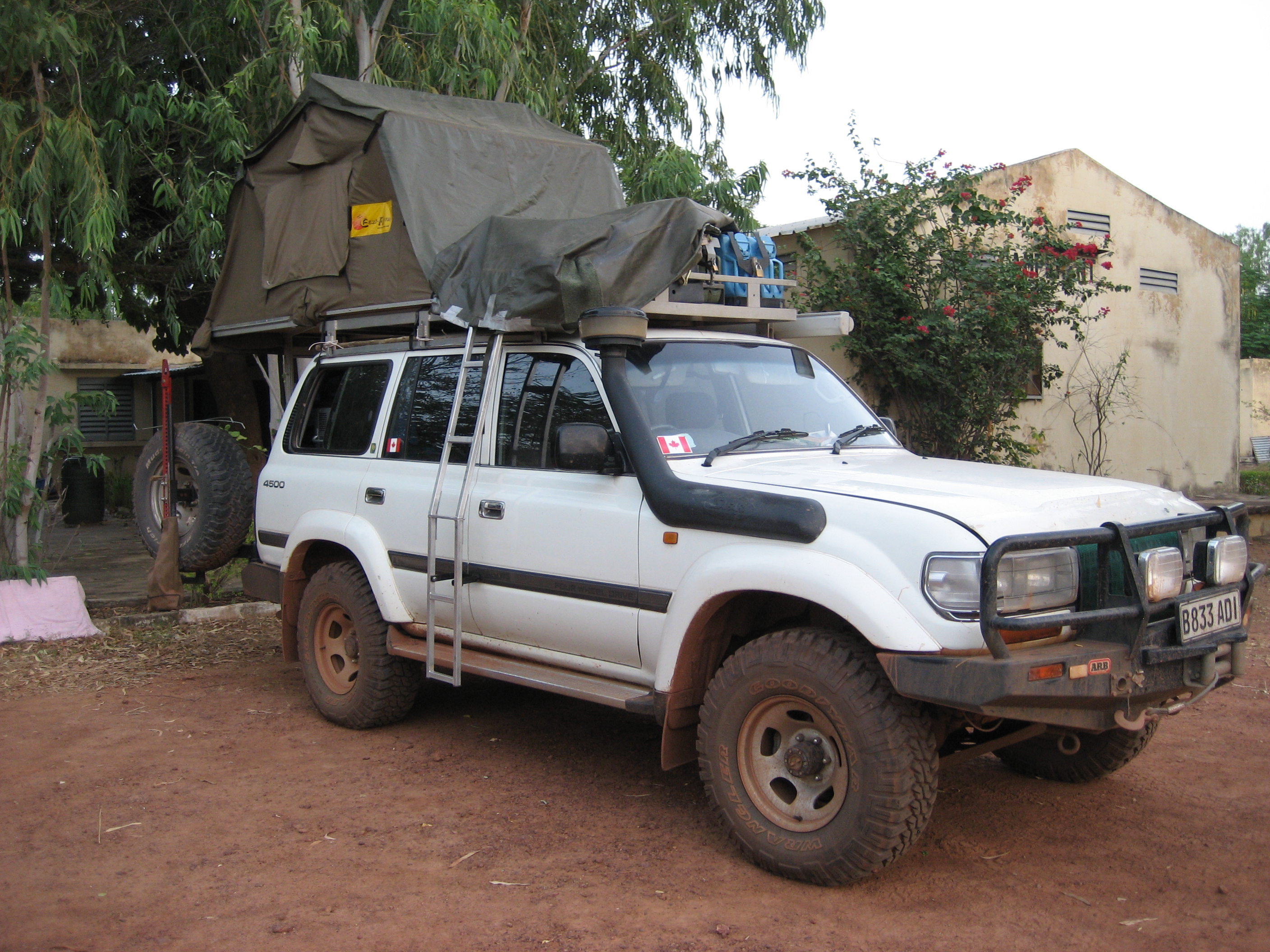
Adventurouspirits
We needed to get our Mali visa extended and also get our Burkina Faso visa so we spent a few days in Bamako described as most guide books as the “most African of all African cities.” Situated on the great Niger River it is a sprawling city of 1 million people. We met an American couple who had just arrived in Bamako and are planning to open a guest house and we were invited to be their first guests. We spent a lovely time with them and got to see parts of Bamako that we would not have otherwise seen. We also learnt how to make Africa Baileys and spent a great evening perfecting the recipe. Quite simple: one part water, one part whisky, one part condensed milk, mix well and then add coffee until you have the right colour. Tastes great even when warm, even with dust and a few mosquitoes!!
Enlarge

Adventurouspirits
Enlarge

Enlarge

Adventurouspirits
Enlarge

Adventurouspirits
Tom was checking the Land Cruiser in Bamako when he noticed the air filter intake in the engine was split, he attempted to mend it with glue and duct tape but it did not hold. We were unable to find a part replacement at a genuine Toyota dealer so knew we had to find a Toyota bush mechanic to fix the part. Tom went off in search for someone to help him.
It was a work of art as first the intake was glued together and then reinforced with a hand sewn leather cover which was then glued over the patch. Our engine now sporting a fine hand made piece of leather work.
Enlarge

Adventurouspirits
We left Bamako heading for the legendary village of Timbuktu, which were advised by the Canadian Embassy not to visit since it was dangerous. Since the route was also the way to Burkina Faso we could decide later whether to turn off to Timbuktu or not. The road followed the majestic Niger River and we got to see how the locals lived alongside it.
Enlarge

Adventurouspirits
Enlarge
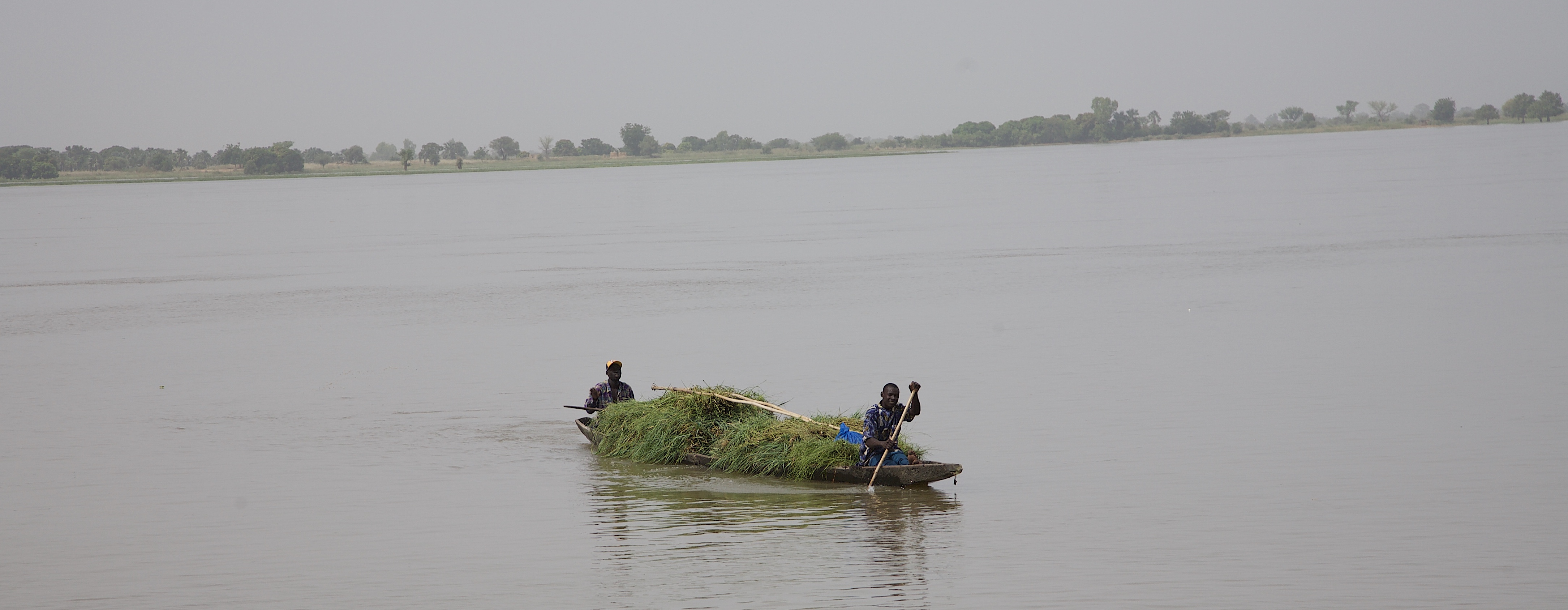
Adventurouspirits
Enlarge
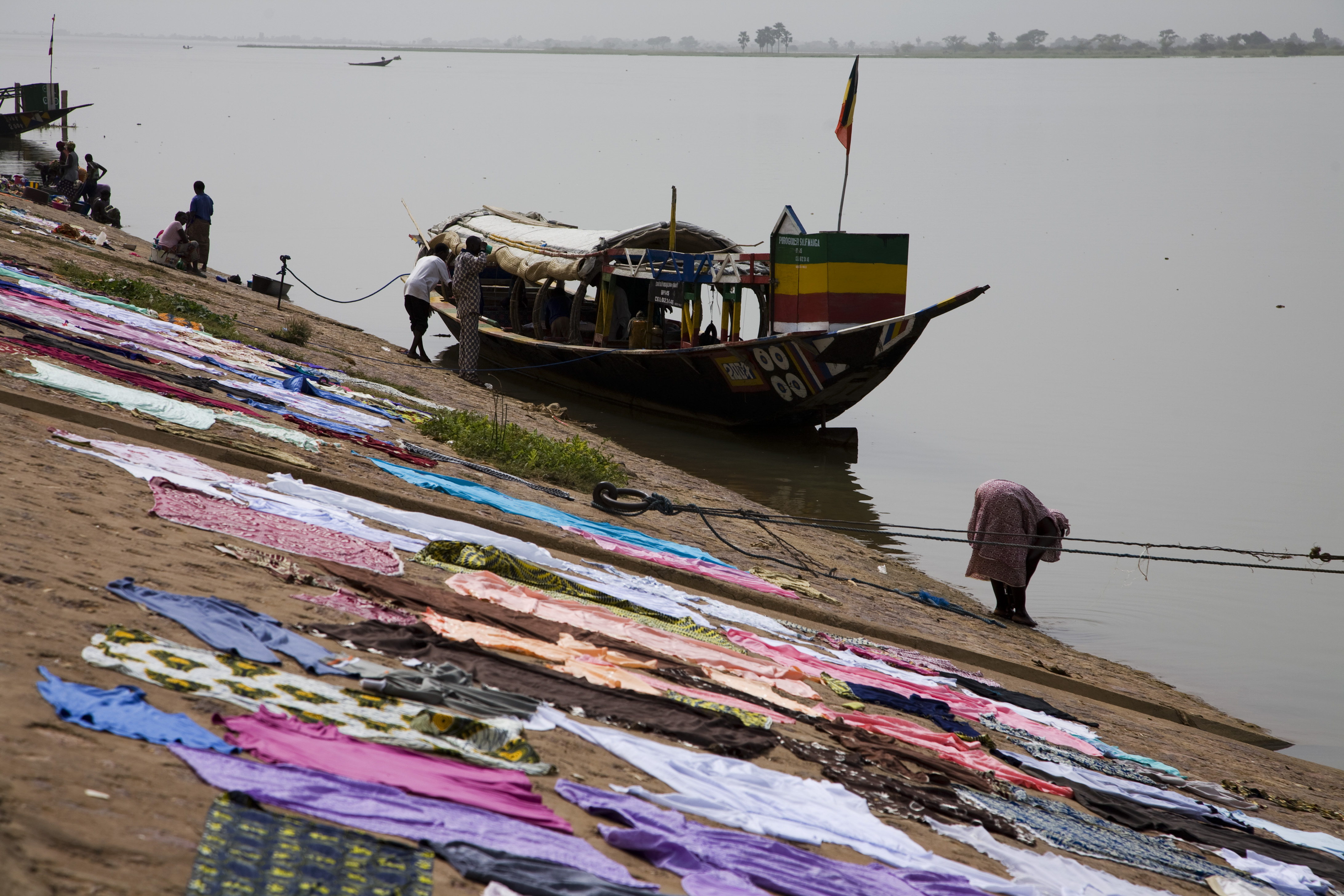
Adventurouspirits
Enlarge
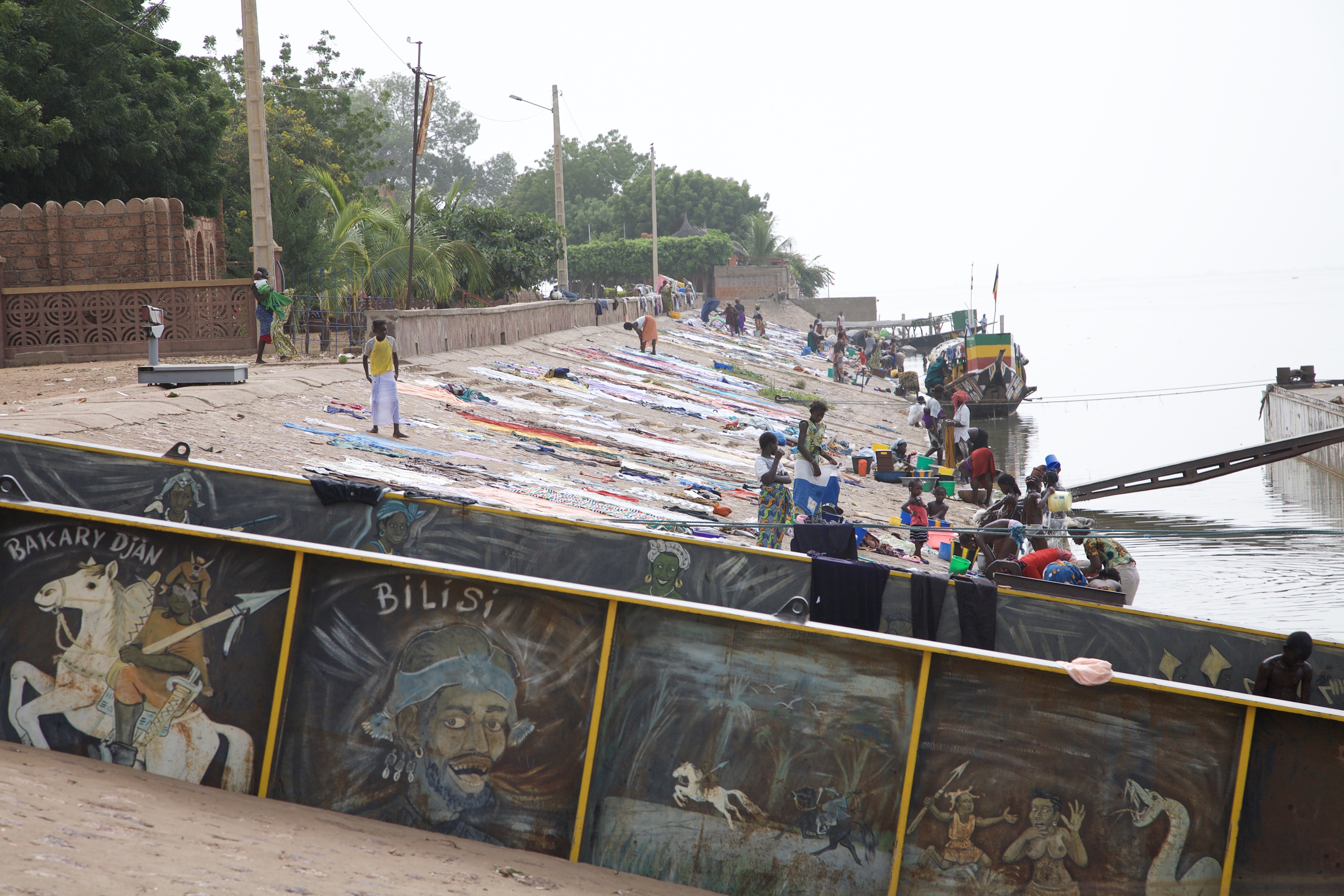
Adventurouspirits
Finding suitable accommodation whilst traveling through the African towns and villages is difficult. Janet spends many hours pouring through the various guidebooks trying to find safe and acceptable lodging along our planned route.
Enlarge

Adventurouspirits
One place that was recommended was the Mali Agricultural Research Station at Cinzana, it is way off the tourist route but is described as charming and clean. On arriving we were informed that we could camp in their facility and that the director, who speaks English would be along to meet us soon. He turned out to be a delightful man, Dr. Samba a Malian national who obtained his masters and doctorate in Agriculture in the USA. Seeing that we were really interested in what research they were doing he agreed to come back after dinner and give us a detailed power point presentation.
We sat there, sweating under the African stars, getting all the latest on how optimize crop production in the sahel (region between the desert and the jungle). We leaned about their challenges (inadequate rainfall, poor soils and insects), about how cultural issues impact there faming practices and how since the farmers are so poor they have to work without fertilizers or equipment. We saw the innovative solutions they are developing to increase yields and how the west needs to pay attention to local conditions before bringing in aid. He answered so many of the questions Janet and I had pondered as we drove through the countryside. We ended the evening by sharing pictures of our families and we promised to stay in touch. It was an incredible evening.
Djenne located in the Niger delta is said to be the most beautiful town in the Sahel. We arrived at the ferry which takes one across the Bani River to Djenne. When we asked when the ferry would leave we were told, “When we have 6 cars” we knew that it could be hours it could be days. So we paid the ferry for 6 cars to the delight of all the locals waiting for a free ride across. The ferry was loaded up with people with their cargo, motorbikes, chickens and goats and us. (C$15.00 return fare)
Enlarge

Adventurouspirits
Enlarge
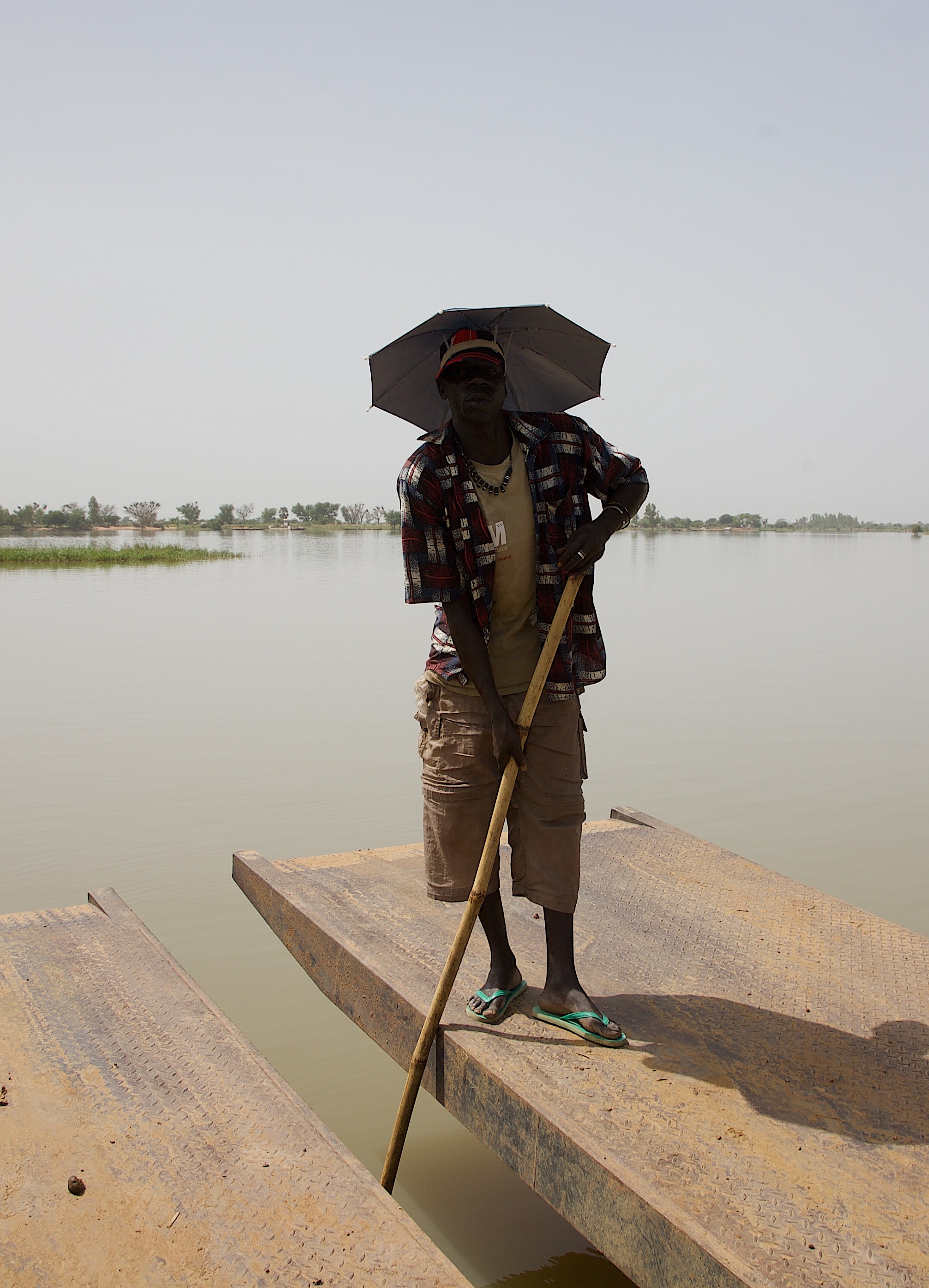
Adventurouspirits
Enlarge
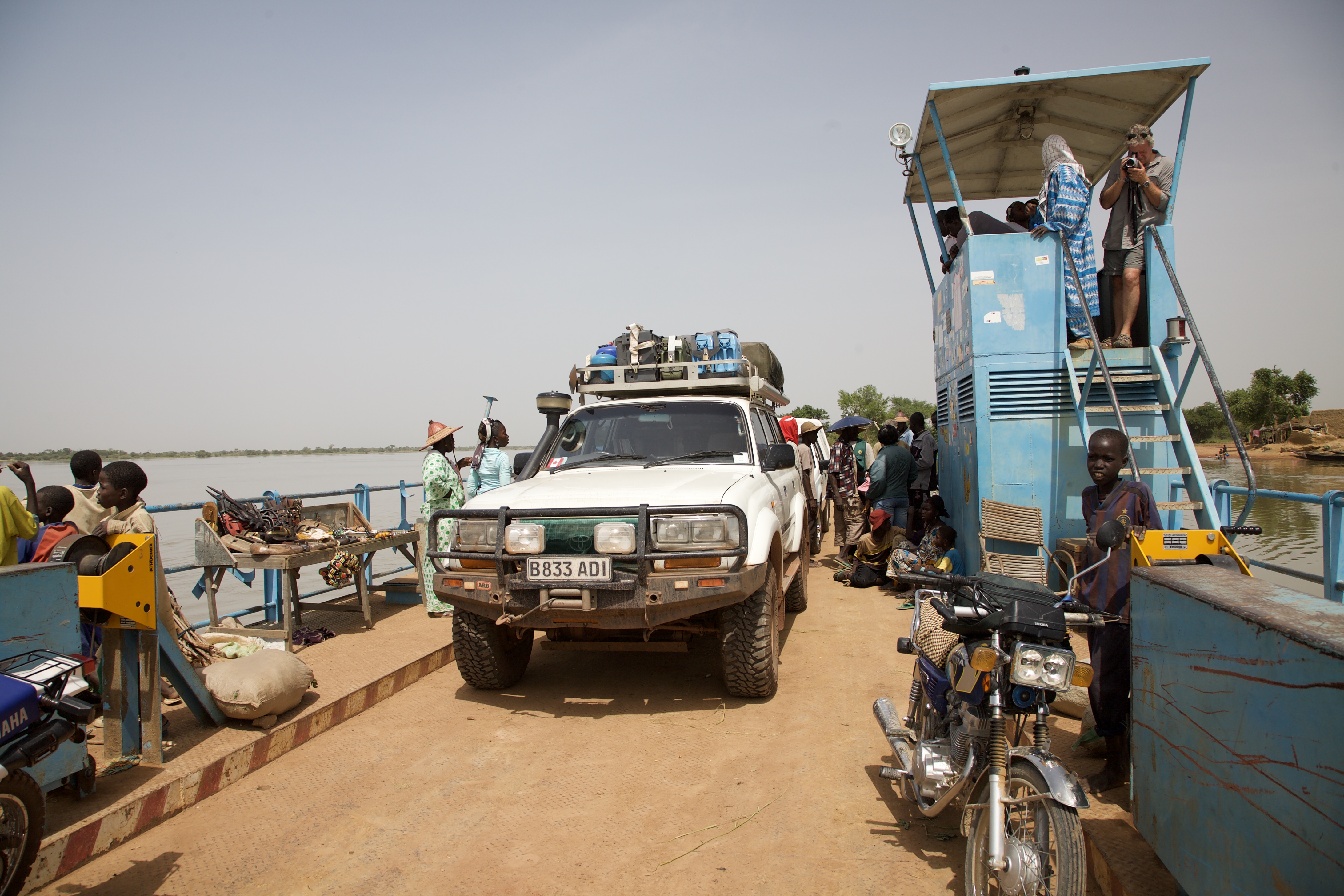
Adventurouspirits
Enlarge

Adventurouspirits
The mosque is truly an amazing sight, with men sitting in the main square reading the Koran on wooden planks, men and women going about their daily lives. It was a step back in time. We wandered through the streets and although pestered by children and touts all wanting to be our guide it was a pleasant and interesting visit.
Enlarge

Adventurouspirits
Enlarge

Adventurouspirits
Enlarge
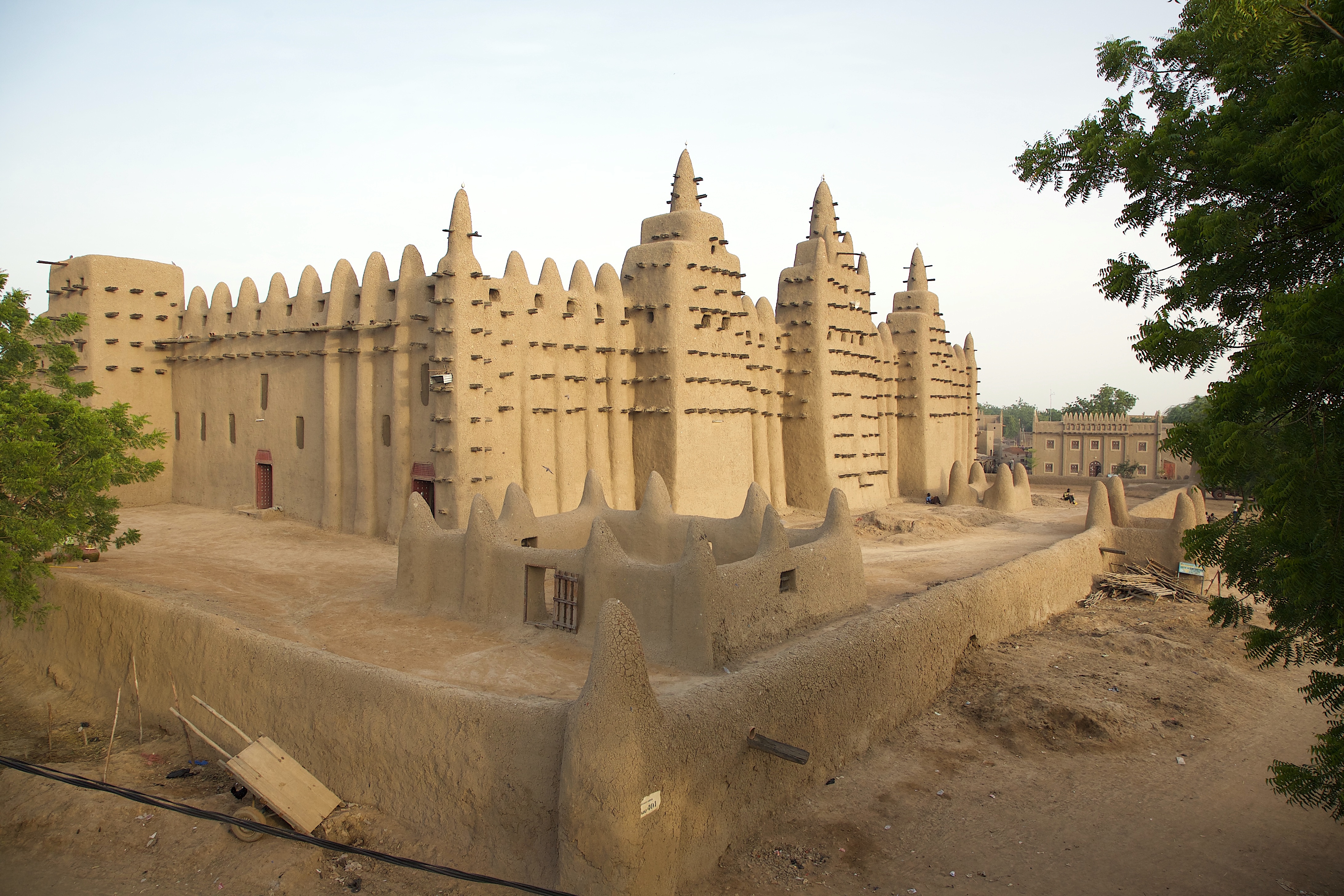
Adventurouspirits
Enlarge
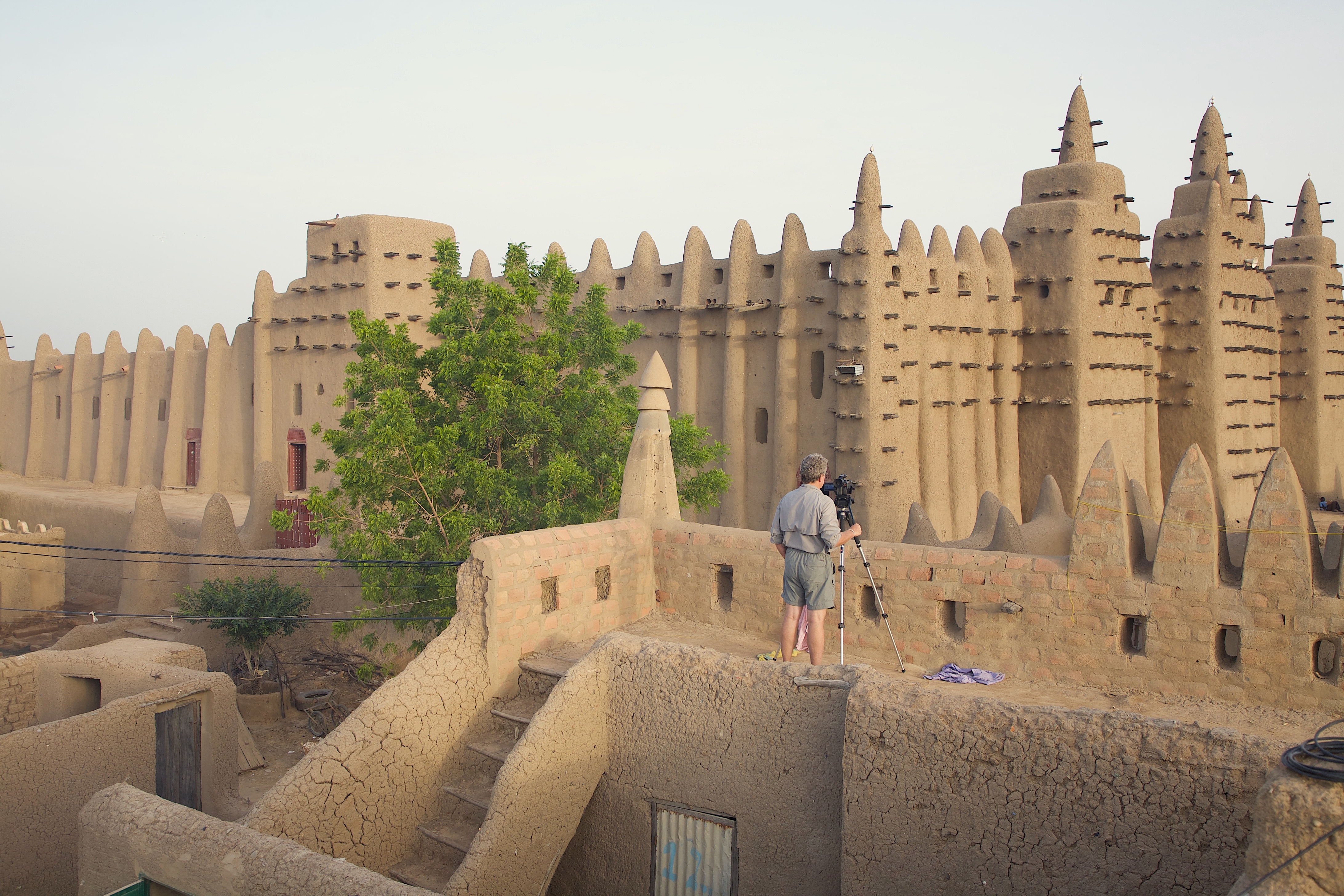
Adventurouspirits
Around the sacred space of the mosque, normal busy lives of the local inhabitants goes on.
Enlarge

Adventurouspirits
Enlarge

Adventurouspirits
Enlarge

Adventurouspirits
Enlarge

Adventurouspirits
Timbuktu, one of the great mythic places of the world. The name that everyone knows, the name that conjures up images of the end of the earth. Our research into its history and origin told of a fabled past, as a city of great universities and mosques. A city from where impressive camel trains headed north across the Sahara carrying salt, gold and other precious goods to the Mediterranean shores.
Timbuktu lies at the northern extremity of the Niger Delta, an impressive inland body of water on the edge of the Sahara which nourishes life all around it. It is a stunningly beautiful region with acres covered with green reeds, dotted with white and purple lily ponds as far as the eye can see. It reminded us of the Okavango Delta we experienced in Botswana so many years ago on our first African trip.
Enlarge

Adventurouspirits
Because we are at the end of the rainy season the water in the delta is very high and therefore many of the normal access routes are flooded. This meant that the only way of reaching Timbuktu would be to circumnavigate the delta, which would add many additional travel days across very difficult terrain. So we decided that we would give it a miss keep the grand image alive in our minds.
The Dogon country is Mali’s prime tourist destination. Situated along the Bandiagara escarpment the picturesque cliff side villages have managed to retain their culture and traditional way of life. We arrived in Sanga and headed for a hotel that would allow camping but when we got there we complained it was too hot even to take a hotel room so the manager arranged for us to have the missionary guest house for our stay which had fans and was cooler. Apart from a friendly little mouse we had the house to ourselves.
Enlarge
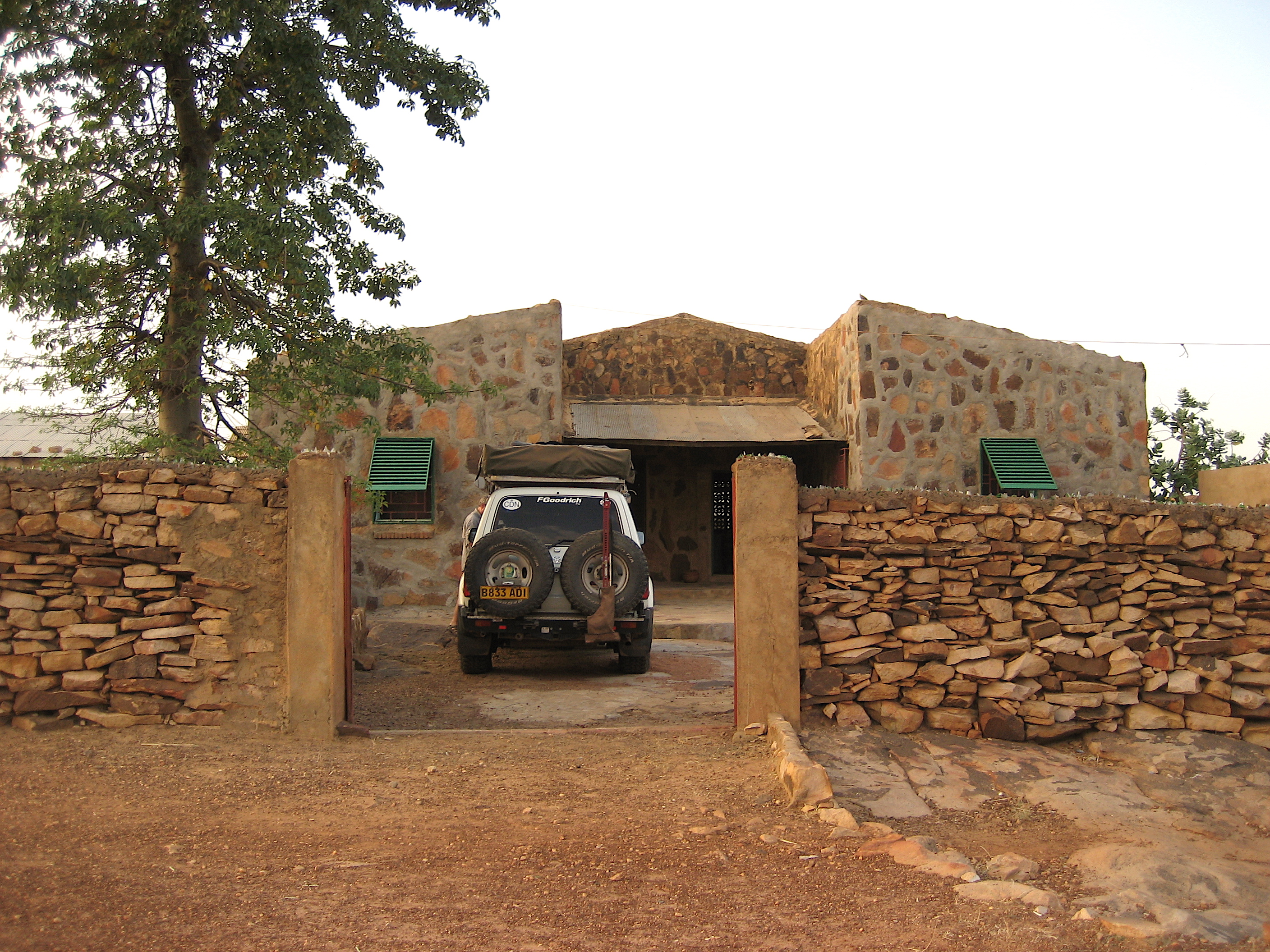
Adventurouspirits
We hired a guide essential in Dogon country Line who was great and we spent the days exploring the villages. First we were guided around the village of Sanga which is situated on top of the Bandiagara escarpment.
Enlarge
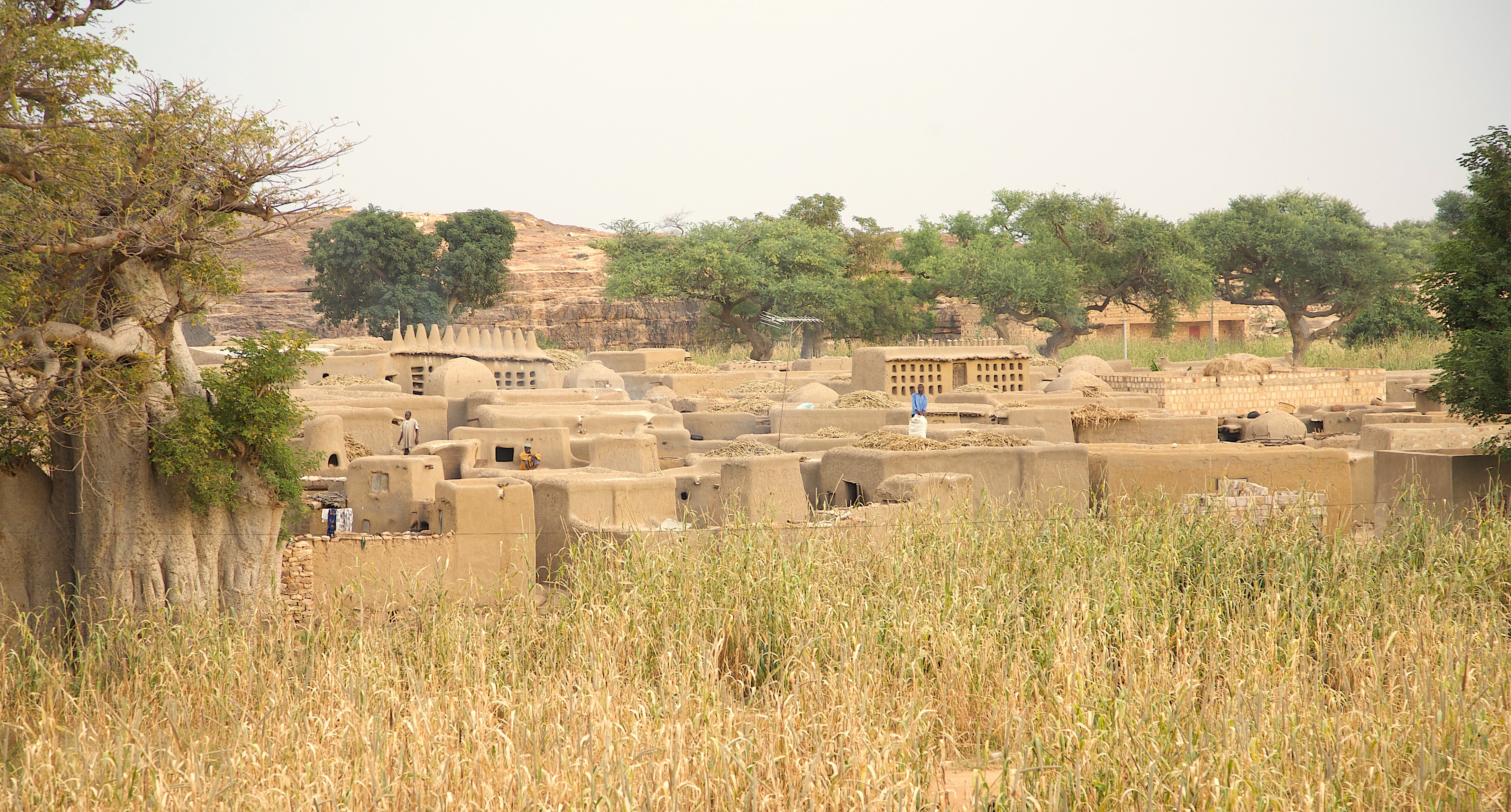
Adventurouspirits
Enlarge
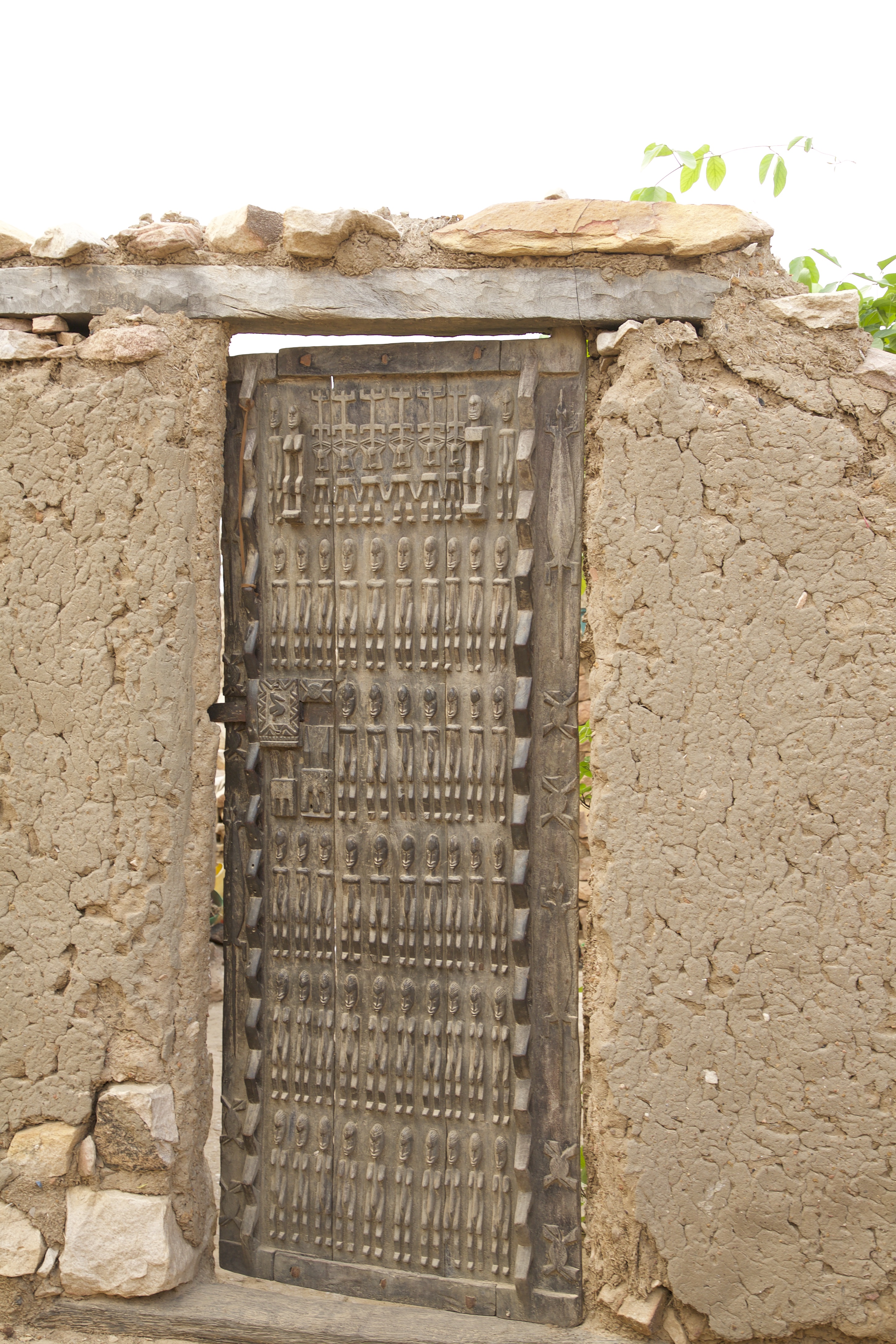
Adventurouspirits
Enlarge
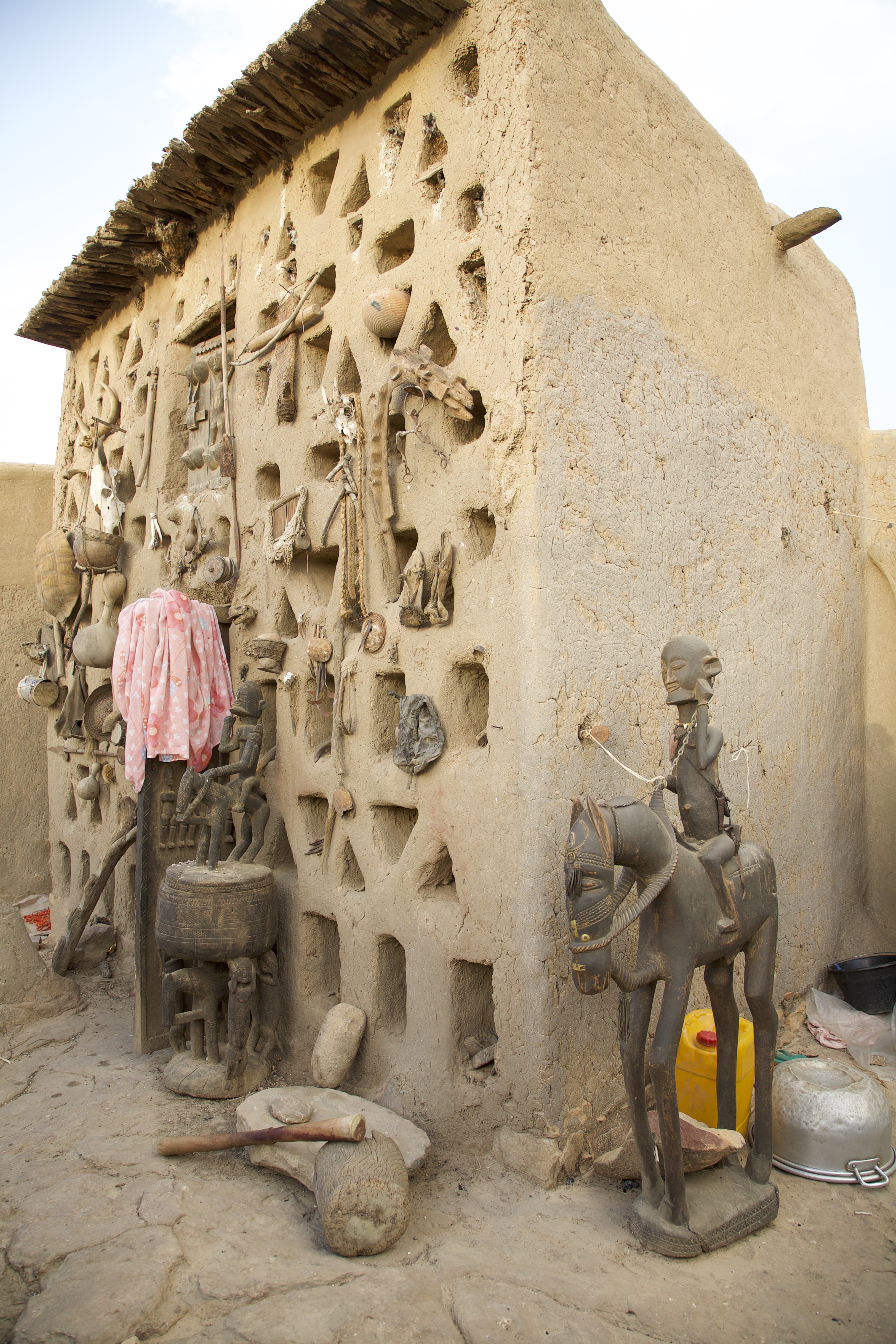
Adventurouspirits
Our guide Line showed us the palace where the King lived. He sat with his fly whisk on a carpet. The bowls filled with rocks are apparently a yearly calendar. Each rock representing a year of his life.
Enlarge
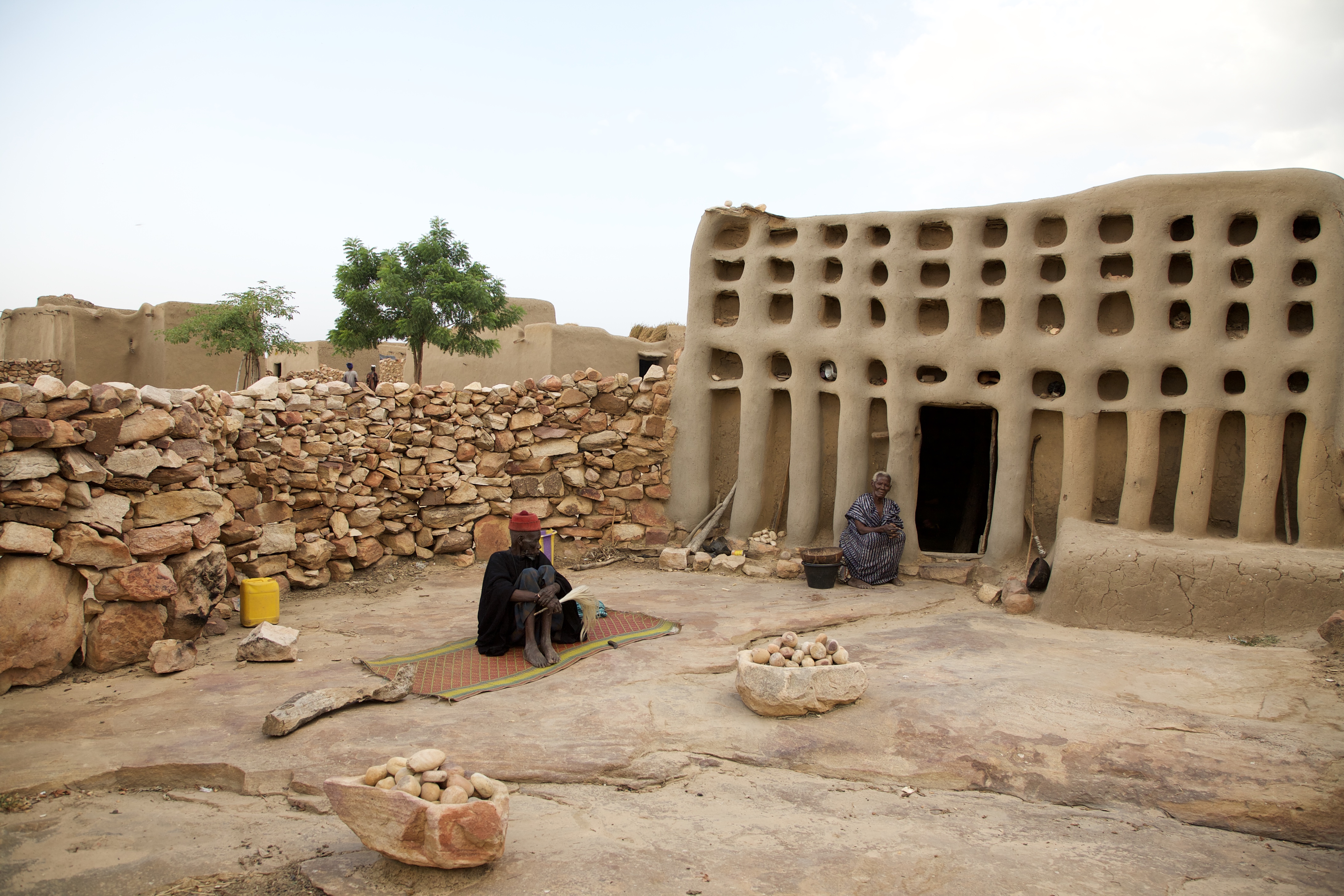
Adventurouspirits
Here we saw one of the most unique structures. It is a covered space which is only about two feet high with a very extensive roof/covering. It functions as a kind of parliament where the community leaders gather to discuss matters of governance. Due to its low clearance they are forced to remain seated, which ensures that they cannot raise their fists against each other should the discussions become heated.
Enlarge
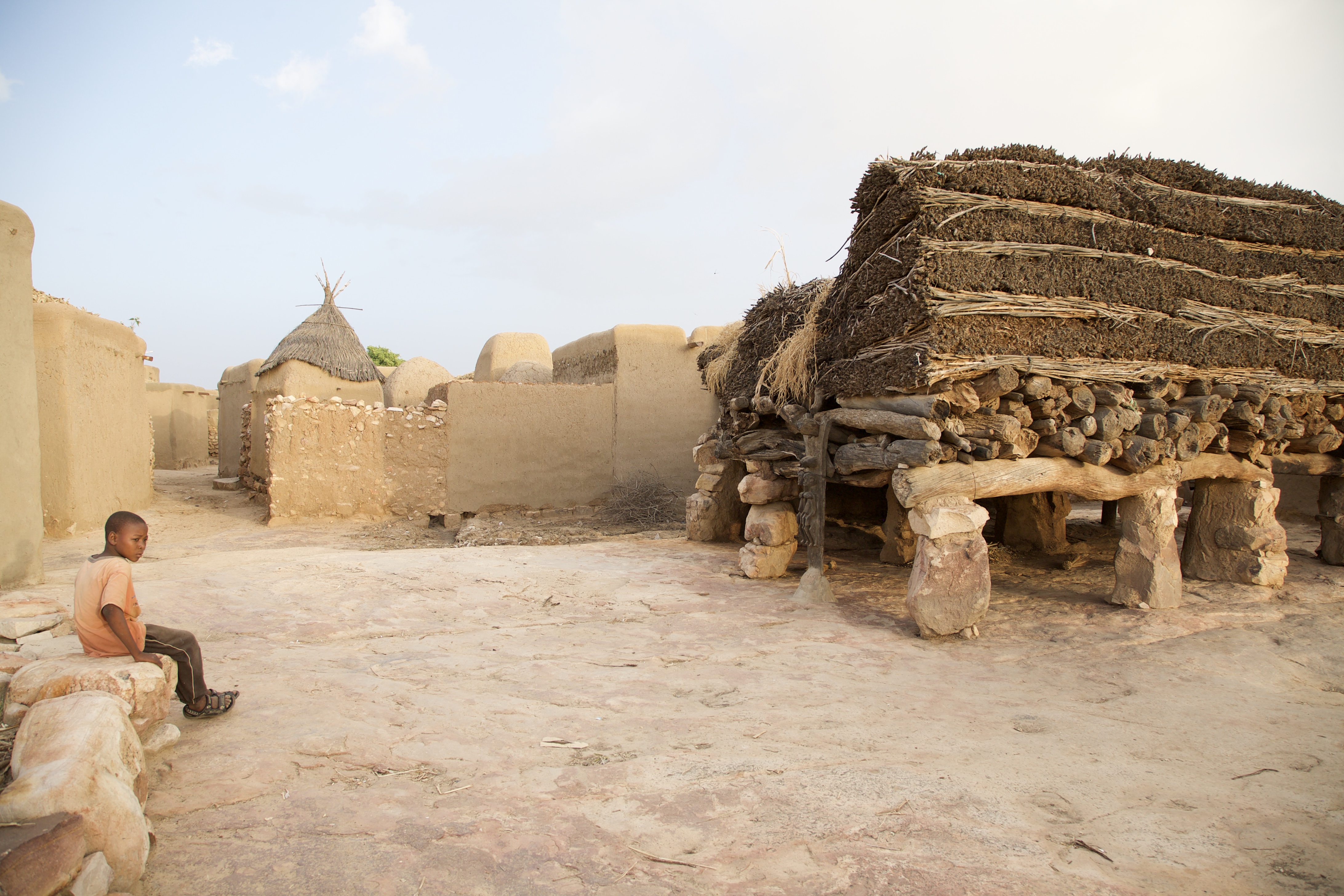
Adventurouspirits
In African culture the elderly are held in high regard for their wisdom.
Enlarge
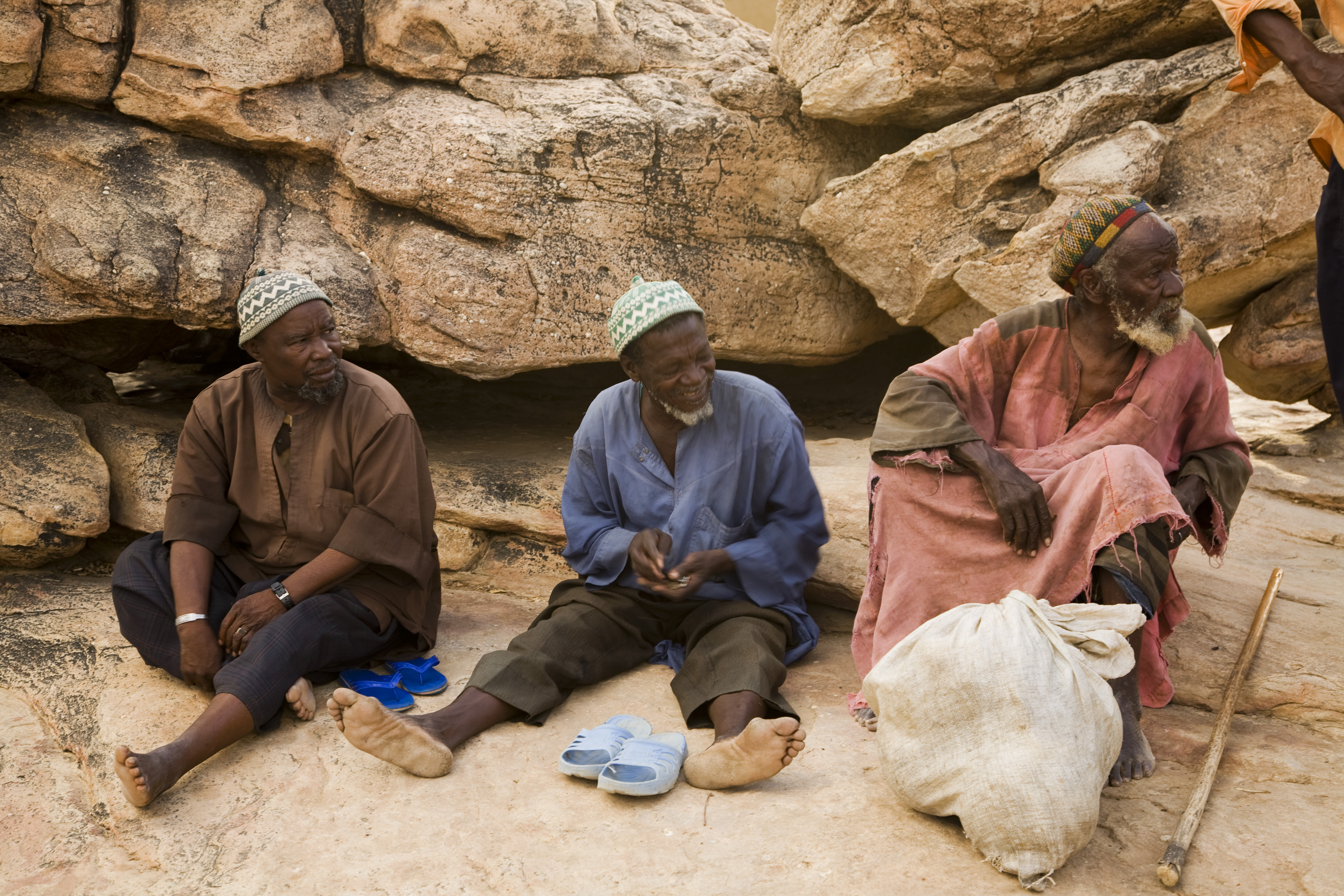
Adventurouspirits
The Bandiagara Escarpment is an escarpment in the Dogon country of Mali. The sandstone cliff rises about 500 meters above the lower sandy flats to the south. It has a length of approximately 150 kilometers.
Enlarge

The area of the escarpment is inhabited today by the Dogon people. Before the Dogon, the escarpment was inhabited by the Tellem and Toloy peoples. Many structures remain from the Tellem. The Bandiagara Escarpment was listed in the UNESCO World Heritage List in 1989.
Enlarge
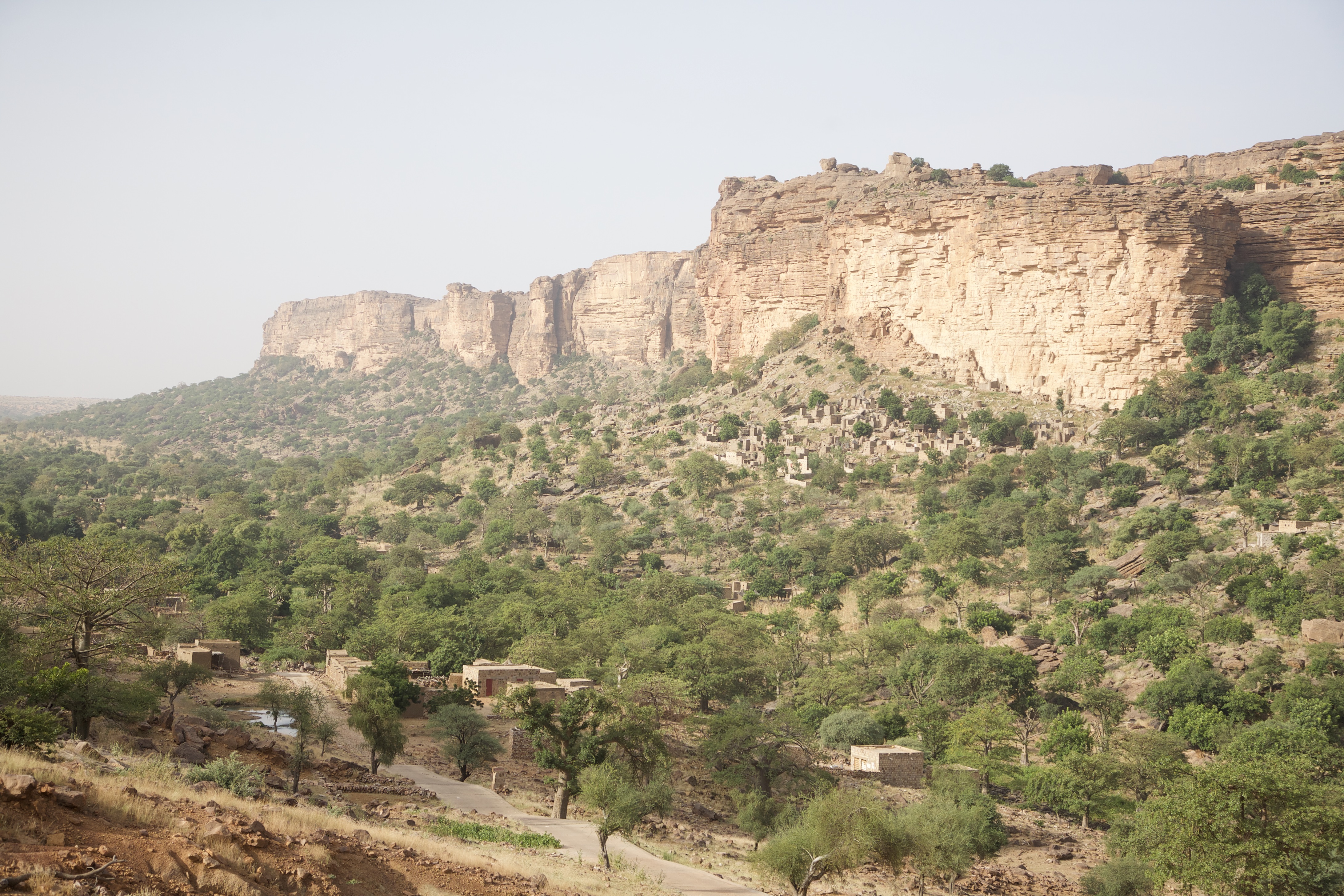
Adventurouspirits
The drive down to the valley floor was steep. The crude handmade sign urging caution was clear as to the danger.
Enlarge

Adventurouspirits
The cave-dwelling Tellem, an ethnic group later pushed out by the arrival of the Dogons, used to live in the slopes of the cliff. The Tellem legacy is evident in the caves they carved into the cliffs so that they could bury their dead high up, far from the frequent flash floods of the area.
Enlarge

Adventurouspirits
The Dogon people welcomed us into their villages. It appeared as if they were happy to have us come and see how they live. Their was no hostility just polite greetings were shared as we walked around their homes and structures.
Enlarge

Adventurouspirits
This is one area were a guide is not only useful but mandatory. We have kept in contact with Line since we met him in 2006.
Enlarge

Adventurouspirits
Enlarge

Adventurouspirits
In Dogon country water is precious and crocodiles in the area are considered to be sacred because they indicate where water can be located. Close to the village we visited was a lake on the shores of a lake with one of these “sacred crocodiles” The villagers don’t harm the crocodiles and live peacefully along side them. We were asked if we would like to purchase a sacrifice to feed the crocodile. “Sure” we replied as any good first world person would thinking, it should be interesting. The man disappeared back into the village and returned with a squawking live chicken, “OMG I thought it would be dead,” I whispered to Tom, “It’s alive!!!” He tied the screaming chicken to a rope and the squawking of the chicken brought the crocodile swimming towards us standing on the shore. Now standing on the shore with crocodiles heading towards one is unnerving to say the least, having the terrified screeching chicken next to me was worse. The man was swinging the chicken around and towards the crocodiles, the crocodiles snapped and he pulled the chicken back. He did this several times. Finally Tom said to please just let the crocodile have the chicken. There was a splash and then silence. It was all over for the chicken and we thanked them softly and returned to the comfort of our car.
Enlarge
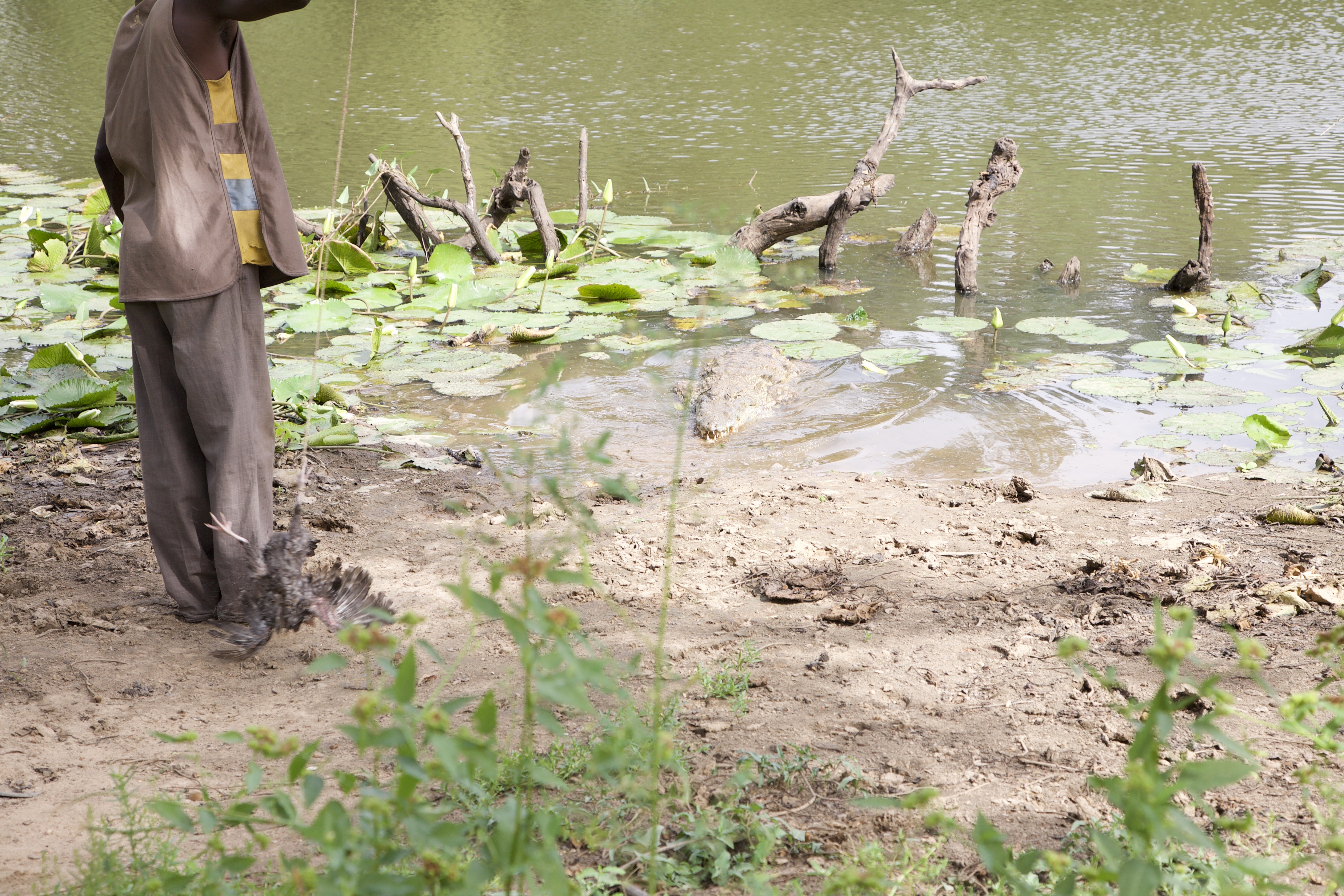
Adventurouspirits
Enlarge

Adventurouspirits
